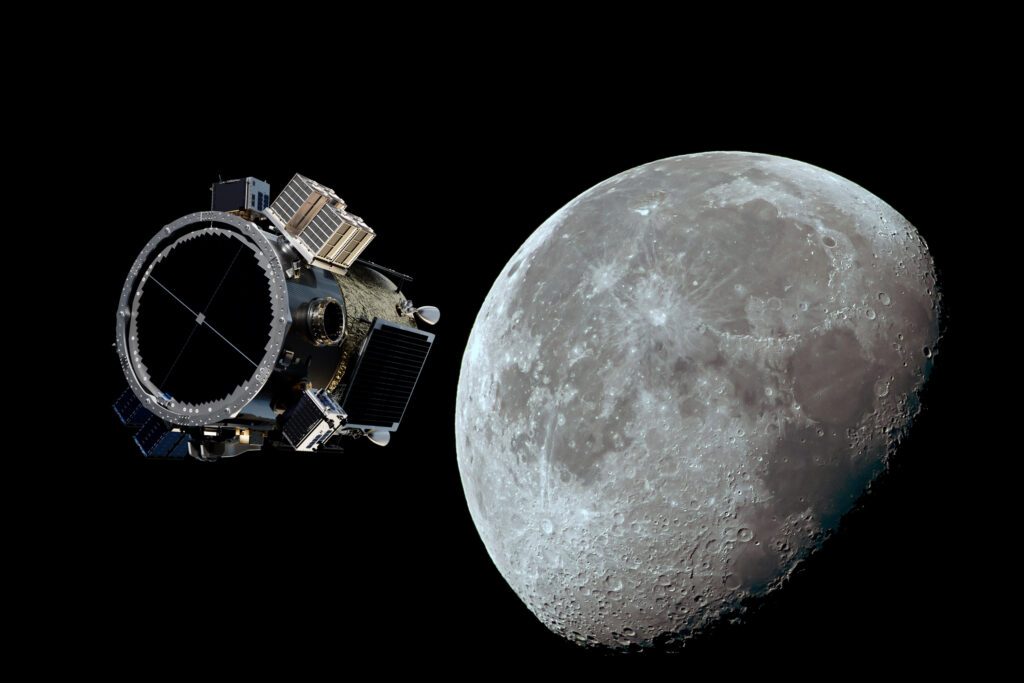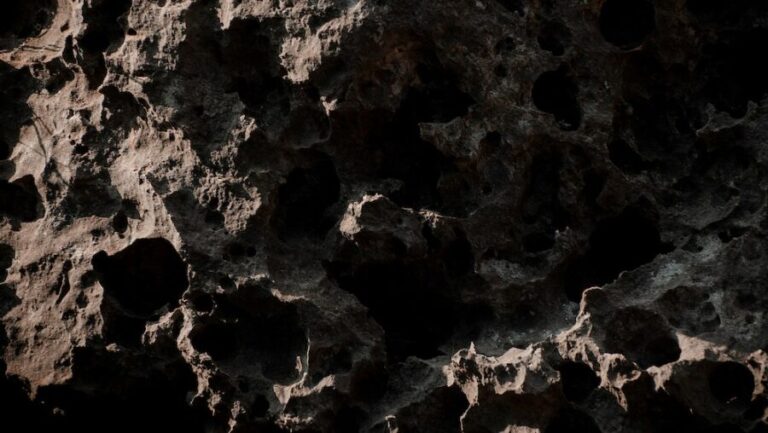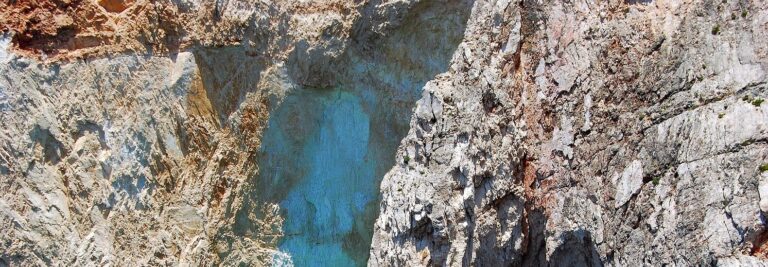
Audience
- Sentiment: Positive
- Political Group: Moderate
- Age Group: 18-34
- Gender: Both
Overview
- Firefly Aerospace’s Blue Ghost successfully entered lunar orbit after a four-day journey.
- The mission aims to carry ten research payloads to the Moon, contributing to scientific understanding and future human missions.
- Blue Ghost represents a collaboration between private companies and NASA, highlighting innovation in lunar exploration.
The Journey of Blue Ghost: Firefly Aerospace’s Lunar Adventure
Imagine staring up at the night sky, the moon glowing brightly against the dark canvas. It’s not just a pretty sight; it’s a giant ball of mysteries waiting to be solved. For centuries, humans have looked at the Moon with wonder, dreaming about landing on its surface and discovering its secrets. Fast forward to today, and those dreams are becoming a reality. One of the latest chapters in our adventures beyond Earth is being written by Firefly Aerospace with their lunar lander, Blue Ghost, as part of an exciting mission called “Ghost Riders in the Sky.”
The Beginning of an Adventure
It all started with a four-day journey from our home planet to the Moon, which is a huge leap through space. Imagine being on a road trip that lasts for four days, but instead of riding in a car, you’re cruising in a spacecraft. That’s essentially what happened when Blue Ghost set off toward the Moon. After this intense journey, the lander executed a critical three-minute engine burn. This means that it fired up its rocket engines to slow down and enter a stable orbit 75 miles (120 kilometers) above the Moon’s surface.
This careful maneuver is similar to how we slow down when landing a bike; you can’t just stop suddenly, or you’ll fall over! Firefly Aerospace’s engineers had to be precise and calculated. After all, this is the Moon we’re talking about. If anything went wrong during the burn, it could put the entire mission in jeopardy. Thankfully, everything went according to plan, and the Blue Ghost is now safely orbiting our celestial neighbor.
What Makes Blue Ghost Special?
One of the coolest things about the Blue Ghost lander is that it’s a part of NASA’s Commercial Lunar Payload Services (CLPS) initiative. What does that mean? Well, NASA has recognized a significant opportunity to partner with different private companies to explore the Moon. You may have heard of NASA sending astronauts to space, but now they are inviting other companies to help push the boundaries of space exploration. By working together, they can complete more missions, discover more, and even bring us closer to the idea of living and working on the Moon in the future.
So, what is Blue Ghost going to do once it lands? It’s all about science! The lander will carry ten research payloads to the Moon. A “payload” refers to a specific piece of equipment or scientific instrument that will be used to conduct experiments on the lunar surface. Imagine scientists packing their tools to go on a camping trip, but instead of a tent and a fishing rod, they’re taking instruments to analyze the moon’s soil, study its atmosphere, and search for water ice hidden in its craters.
These experiments are crucial because they could help us better understand our Moon, making preparations for future human visits even more effective. And let’s not forget, these missions bring us one step closer to a reality where astronauts return to the Moon and go beyond, maybe even to Mars one day!
The Importance of Lunar Exploration
Why are we so focused on exploring the Moon? Since humanity first landed on its surface in 1969, we’ve learned a lot, but there’s still so much we don’t know. The Moon holds clues about the history of our solar system and, by exploring it, we can learn more about Earth itself. Besides being a fantastic scientific endeavor, there are other benefits as well.
For example, the resources available on the Moon, such as water ice, could be used to support future human missions. Water is essential for life, but it can also be transformed into hydrogen and oxygen, which are critical for creating fuel. Imagine astronauts living on the Moon using resources right from its surface instead of having to bring everything from Earth. It would make space exploration more sustainable and could pave the way for longer missions to distant destinations.
Also, the Moon offers a unique environment for testing new technology. Before we send astronauts to Mars, for example, we need to ensure our spacecraft and life-support systems work flawlessly. The Moon serves as a testing ground because it is much closer to Earth and has less gravity than our home planet. Experiments conducted on the Moon can help refine our technologies for deeper space travel.
Blue Ghost’s Historic Commitment
Blue Ghost isn’t just any lunar lander; it is on track to become the second private mission ever to land on the Moon, following its companion, the Japanese lander Resilience. Being part of this groundbreaking endeavor demonstrates the innovation and ambition that companies like Firefly Aerospace possess. From the launch pad to lunar orbit, every step is filled with challenges and decisions that require teamwork, creativity, and a fighting spirit to overcome obstacles.
What’s even more fascinating is that the mission coincides with NASA’s efforts to return astronauts to the Moon. Through the Artemis program, NASA aims to send the first woman and the next man to the lunar surface by 2024. These efforts are not simply about setting foot on the Moon again; they aim to pave the way for establishing a sustainable lunar presence. Blue Ghost’s mission is a vital piece of the puzzle, feeding critical data that will assist astronauts when they land there.
What Will Happen Next?
So, what comes after Blue Ghost achieves its lunar landing, which is planned for March 2? Once it touches down, the primary goal will be to successfully deploy the ten research payloads. Each instrument will have its day in the lunar sun, working tirelessly to collect and send data back to scientists on Earth. The experiments might range from analyzing lunar soil samples to studying the effects of the Moon’s weak atmosphere on different materials.
As Blue Ghost operates during the lunar day, which lasts about 14 Earth days, it will be essential for it to collect as much information as possible. What’s fascinating is that the Moon experiences extreme temperatures—hot during the day and freezing at night—so the data collected can help understand how different elements react under such conditions.
This mission, along with others like it, could help lay the foundation for future missions to establish human habitats on the Moon. Just think about a world where astronauts live and work on another celestial body, conducting research and growing our understanding of the universe!
Wrapping Up
In conclusion, the journey of Firefly Aerospace’s Blue Ghost lunar lander is not just a mission to the Moon; it is a symbol of humanity’s spirit of exploration. It holds the potential to revolutionize how we study our nearest neighbor and inspires us to look beyond Earth. This mission is a catalyst for greater achievements that could someday lead us to Mars and deeper into our galaxy.
So, what do you think about the adventures of Blue Ghost and lunar exploration? Do you believe that missions like this can inspire our generation to dream about space and encourage young scientists and engineers to pursue careers in STEM? Share your thoughts in the comments below!






